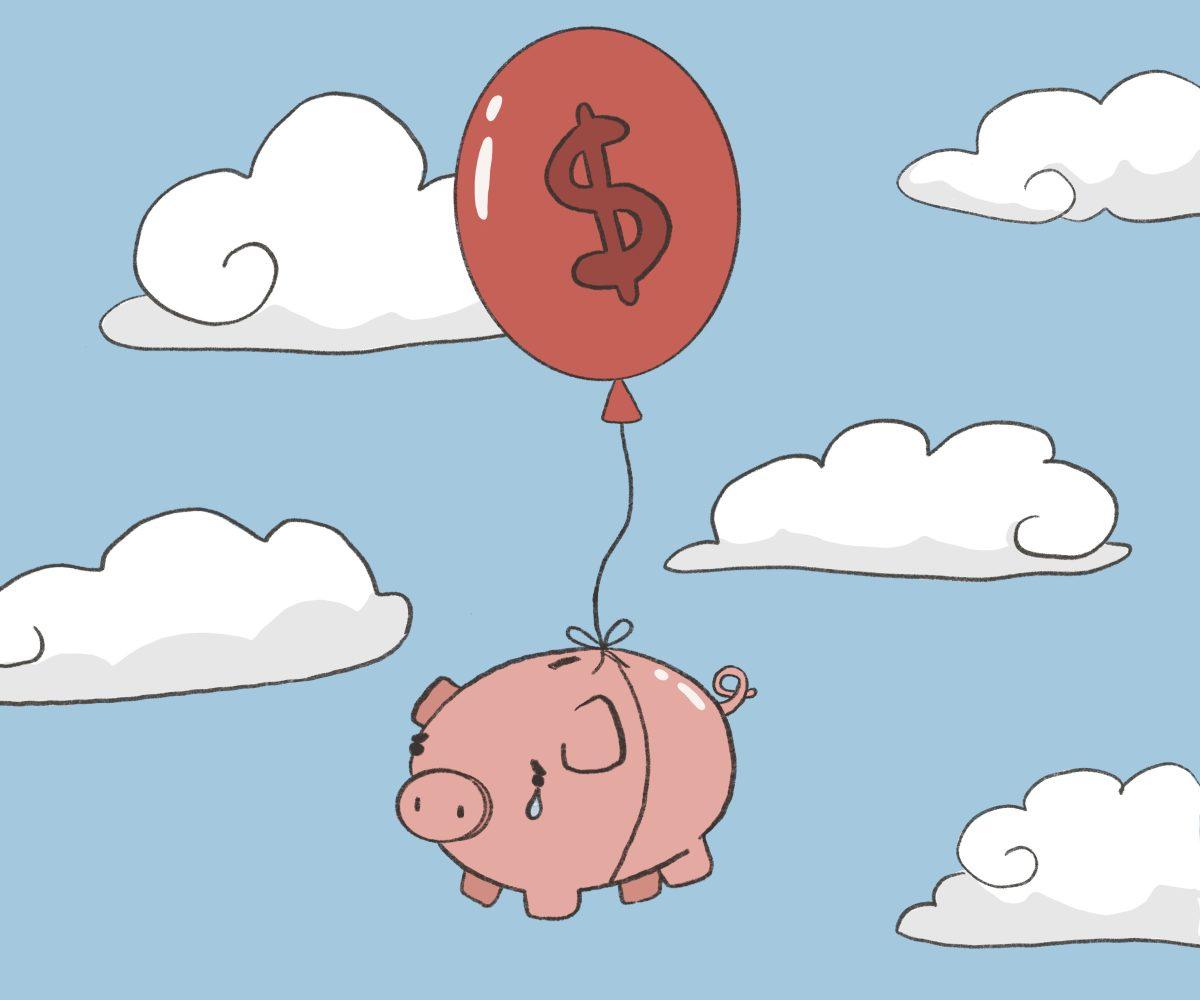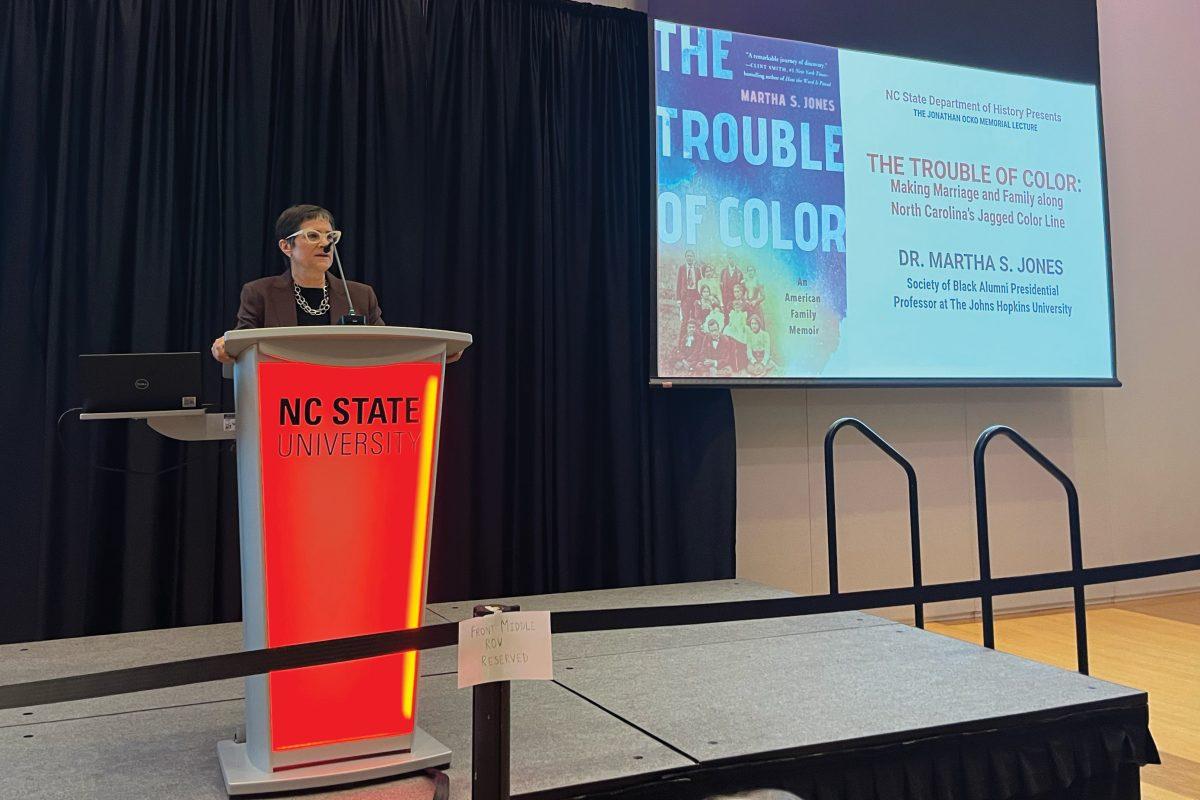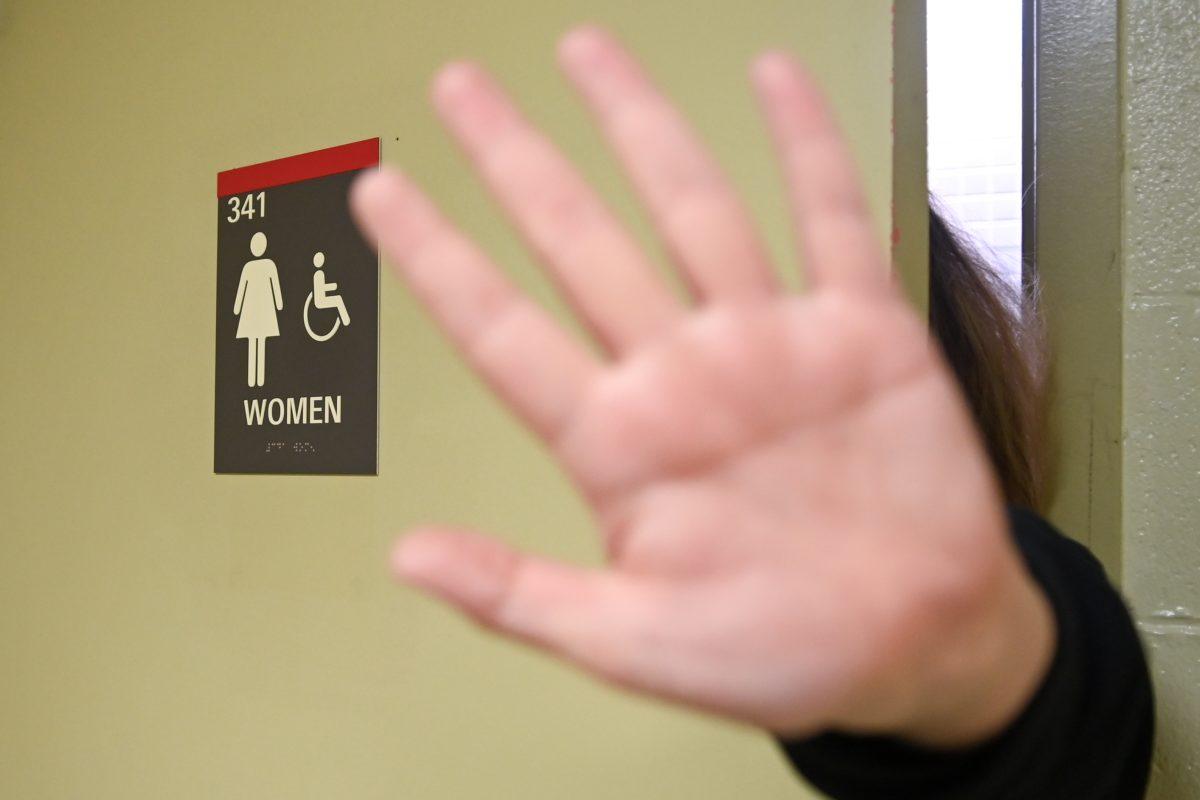In recent months, inflation has led to significant price increases for goods across the U.S.
Ayse Dur, assistant professor of macroeconomics, said inflation is, very simply, a shift in average prices in the economy. The U.S. inflation rate reached a 40-year high in June. Dur said it’s mainly the pandemic and COVID-19 relief packages to blame.
“One of the main drivers of inflation for the U.S. economy is … that the U.S. government tried to provide some fiscal stimulus, some relief packages for households and businesses that were in need,” Dur said. “And that meant that a lot of cash was injected into the economy, which led to inflation. So the biggest reason for high inflation in the U.S. during the pandemic was actually these relief packages.”
Alex Walsh, a fourth-year studying accounting and president of Alpha Beta Psi, the accounting fraternity on campus, said high inflation is also due to the fact the U.S. Federal Reserve dropped interest rates in order to incentivize people to spend money.
“During COVID-19, interest rates were set very low in order to incentivize borrowing and spending money,” Walsh said. “The goal was to boost the economy that was struggling due to the lack of people leaving their homes to go eat, shop, etc.”
According to Dur, there is always a mix of good policies and good luck when it comes to economic prosperity in a country. As for the luck portion, the U.S. hasn’t faced too many unprecedented challenges, such as COVID-19, in the past.
Dur said the inflation rate has stayed close to 2% in the U.S. until recently, where it now fluctuates around 7%, although the Fed is implementing certain policies in order to reduce the rate back to around 2% in the next few years.
Walsh said the main way the Fed has attempted to reverse inflation was by raising interest rates. He said we should start seeing the positive effects of this decision in the next two years.
“Inflation has gone down slightly each month since June,” Walsh said. “Inflation is still high, but the effects of raising interest rates takes a while to reverse inflation. I think we will know if it was effective or not early next year.”
Dur said she has seen the impact of inflation on Hillsborough Street. With a lot of the restaurants losing their customers during the pandemic, many had to reduce staff or take some food options off of the menu. She also said the coffee shop in Nelson Hall had to shut down.
“During the pandemic, I was working mostly from home, I was teaching online, so I wasn’t really on campus,” Dur said. “But when I came back to the campus, I realized that a lot of restaurants on Hillsborough changed — they have fewer staff.”
Dur said a good indicator of the economy being affected by inflation is something called “shrinkflation,” which essentially means that the goods sold are downsized rather than the establishment itself. Your favorite meal at a restaurant, for example, could be reduced to half of its size from one year to the next and still remain at the same price.
Dur said when she goes back to visit her home in Turkey, she sees shrinkflation up close, since the posted inflation rate there is around 85%.
“When you go to a restaurant, you’ll see you can only get half of the meal that you used to get from the previous year,” Dur said. “You seem to be paying the same price, but you can just see it’s downsized. So that’s, I think, another indication of how the economy is actually changing with those rising costs.”
Dur said it can never hurt to have a rainy day fund put away for the future. Financial markets can be unpredictable and, despite our best efforts to protect ourselves, there is a world out there that changes with the wind, and can leave you stranded.
“I guess for anyone, it might be a good idea to be prepared for future uncertainties, perhaps save for the rainy days,” Dur said. “Especially for students who do not necessarily have support from families or close family, maybe it could be hard to cope with economic issues.”












